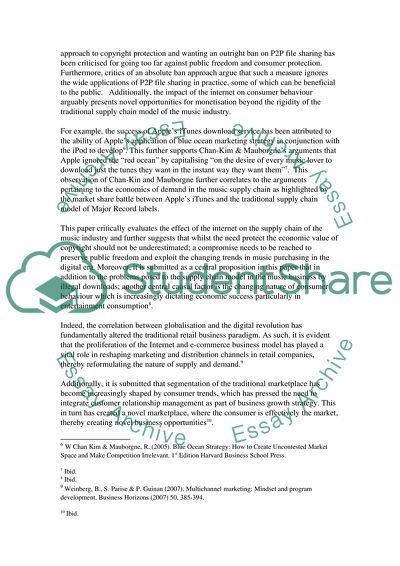Cite this document
(“The Success of Apples iTunes Download Service and the iPod Developing Literature review”, n.d.)
The Success of Apples iTunes Download Service and the iPod Developing Literature review. Retrieved from https://studentshare.org/music/1733476-law-of-demand-apple-itunes-vs-major-record-companies
The Success of Apples iTunes Download Service and the iPod Developing Literature review. Retrieved from https://studentshare.org/music/1733476-law-of-demand-apple-itunes-vs-major-record-companies
(The Success of Apples ITunes Download Service and the IPod Developing Literature Review)
The Success of Apples ITunes Download Service and the IPod Developing Literature Review. https://studentshare.org/music/1733476-law-of-demand-apple-itunes-vs-major-record-companies.
The Success of Apples ITunes Download Service and the IPod Developing Literature Review. https://studentshare.org/music/1733476-law-of-demand-apple-itunes-vs-major-record-companies.
“The Success of Apples ITunes Download Service and the IPod Developing Literature Review”, n.d. https://studentshare.org/music/1733476-law-of-demand-apple-itunes-vs-major-record-companies.


